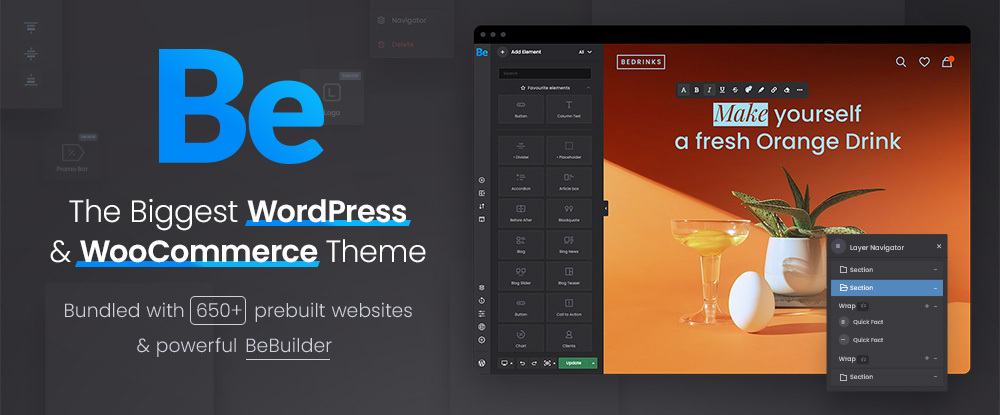3 Trends Disrupting Mobile in 2021
App Annie's latest State of Mobile 2021 Report covers everything you need to know about how to win on mobile in 2020 and the trends disrupting the space including finance, gaming, streaming and social commerce. The post 3 Trends Disrupting Mobile in 2021 appeared first on Social Media Week.

The world changed drastically in 2020 and several of these shifts are here to stay including the uptick in mobile usage. With people staying home, mobile devices became the cement, the go-to tool for managing our day-to-day lives. Transforming nearly every vertical in the industry in the process, from how we entertain ourselves to how we plan and organize our finances and everything in between, our world is increasingly defined by mobile.
To help marketers navigate the landscape and identify opportunities to succeed in mobile in 2021 and beyond, App Annie unveiled the latest State of Mobile report. The findings provide an important overview of the key mobile app trends and shifts over the past year and what they mean for the future including:
- In 2020, mobile accounted for $143 billion in consumer spend, 3.5 trillion hours spent, and 218 billion downloads. Overall, adoption boomed advancing two to three years in a span of 12 months.
- Mobile gaming is estimated to surpass $120 billion in consumer spend in 2021 — capturing 1.5x of the market compared to all other gaming platforms combined.
- Mobile surpassed live TV for time spent in 2020 at 4 hours per day vs. 3.7 hours. With this, mobile ad placements are on the rise (95% YoY) with this type of ad spend currently on track to exceed $290 billion in 2021.
Now let’s unpack some of the underpinning themes around mobile to keep top of mind as we begin to execute the new year’s strategies.
Empowering the everyday trader and democratizing investment
Per the report, time spent in finance apps during 2020 was up nearly half (45%) worldwide outside of China in 2020 YoY. Despite a tumultuous economic year, mobile was the common thread across the spectrum of fiscal management including research, decision-making, evaluation and purchase or investment. It is the mechanism for participation and not only building wealth, but more importantly, establishing financial literacy.
Currently, the fundamentals of personal finance and investing are not typically taught in schools, in some cases delaying when people decide to actively begin investing. Looking ahead to 2021, investment apps are stepping up, fulfilling an important knowledge void for novice investors, and making investing more approachable and empowering.
Gaming and streaming: the new influencer marketing frontier
According to App Annie, “The average American watched 3.7 hours of live TV a day, whereas they spent 4.0 hours on their mobile device in H2 2020.” Further, 40 percent more hours were streamed on mobile in 2020.
With more eyeballs favoring mobile, marketers thought long and hard about their ad placements and their tactics. Specifically, 2020 saw $240 billion in mobile ad spend. This figure is expected to grow to $290 billion in 2021 fueled by celebrity collaborations, an approach 2020 proved effective in cutting through the noise driving 2.7x downloads.
It isn’t only about churning out mobile ads but taking into consideration the unique demographic opportunities mobile offers across age groups. In support of this, the data showed that in the U.S. Gen Z, Millennials and Gen X/ Baby Boomers spent 16 percent, 18 percent, and 30 percent more time YoY, respectively, in their most-used apps.
Unsurprisingly, casual gaming and entertainment apps including Twitch, TikTok and ROBLOX dominated app downloads amongst Gen Zers as brands got innovative and used these spaces as the new frontier for their influencer efforts during the pandemic. The report supported this theme further stating that mobile gaming is anticipated to surpass $120 billion in consumer spend in 2021 while TikTok is expected to reach 1.2 billion active users this year.
The future of social commerce and live shopping
Rather than delaying brands’ long-term strategies, the pandemic served as an accelerant for e-commerce, ensuring that three-year business growth plans became reality in just six months. In 2021, it is anticipated these bold moves will continue.
As evolving consumers habits fuel new channels for discovery and purchases, brands and retailers must rise to the occasion and position themselves to connect with these growing, engaged, and purchase-ready audiences. Live shopping is one of the spaces to watch, the report noting that social commerce and live shopping present a $2 trillion market globally by 2024.
With many people are more accustomed to buying online, many won’t go back to their pre-COVID habits, even when they’re able, which is a plus for many platforms, notably Pinterest and Instagram according to App Annie data which found global downloads of Instagram and Pinterest worldwide grew 50 percent and 20 percent YoY, respectively.
Join 100,000+ fellow marketers who advance their skills and knowledge by subscribing to our weekly newsletter.
The post 3 Trends Disrupting Mobile in 2021 appeared first on Social Media Week.



























